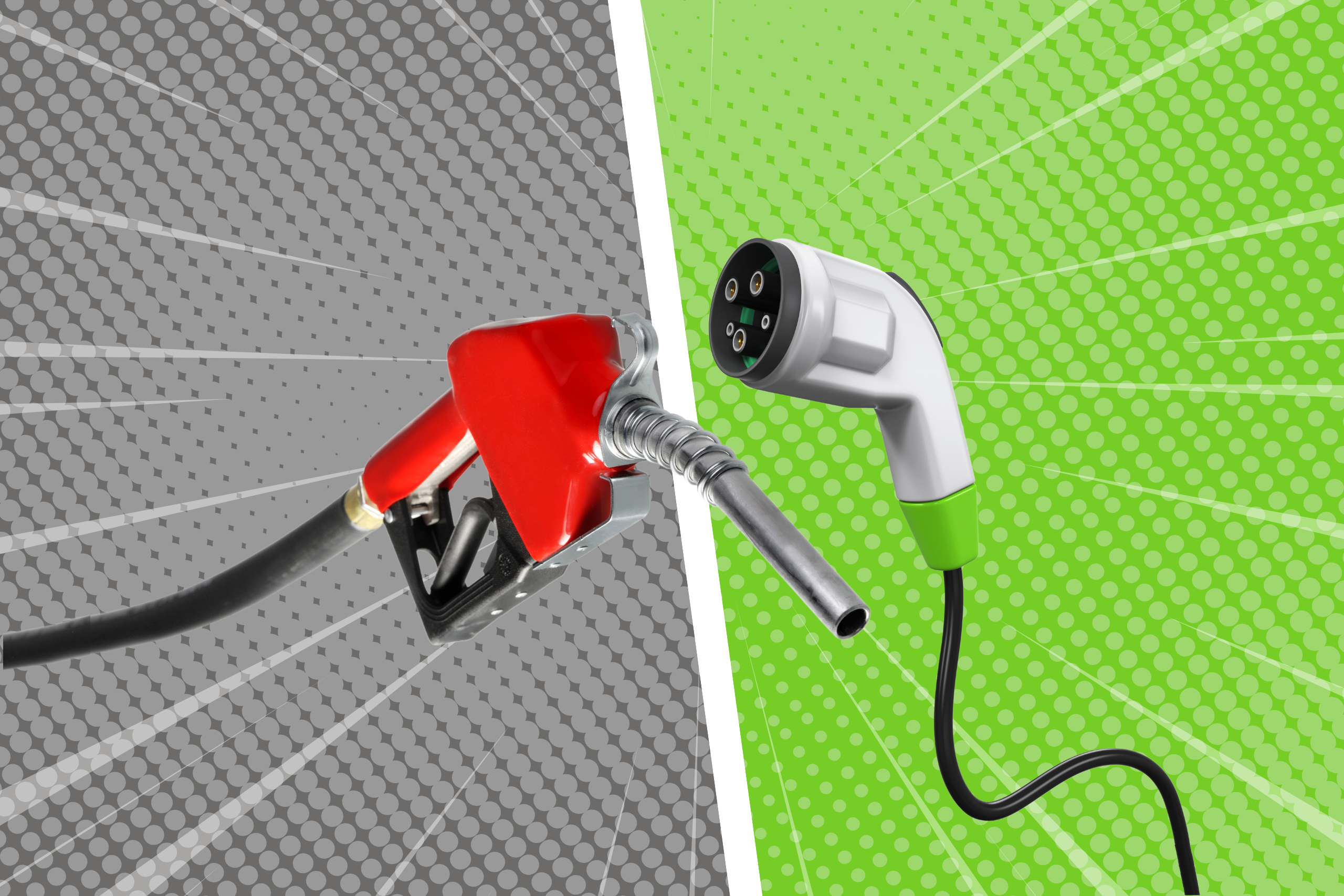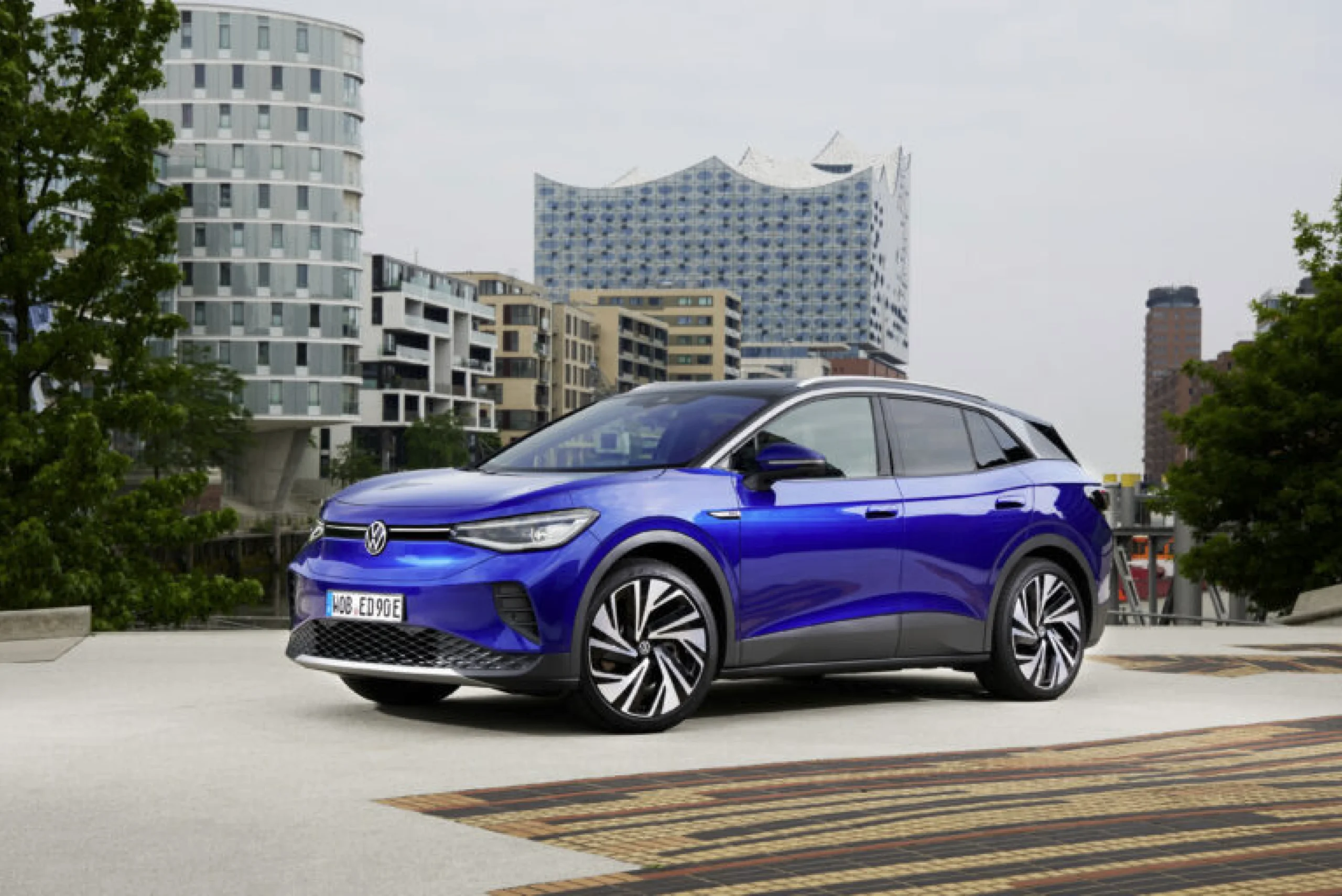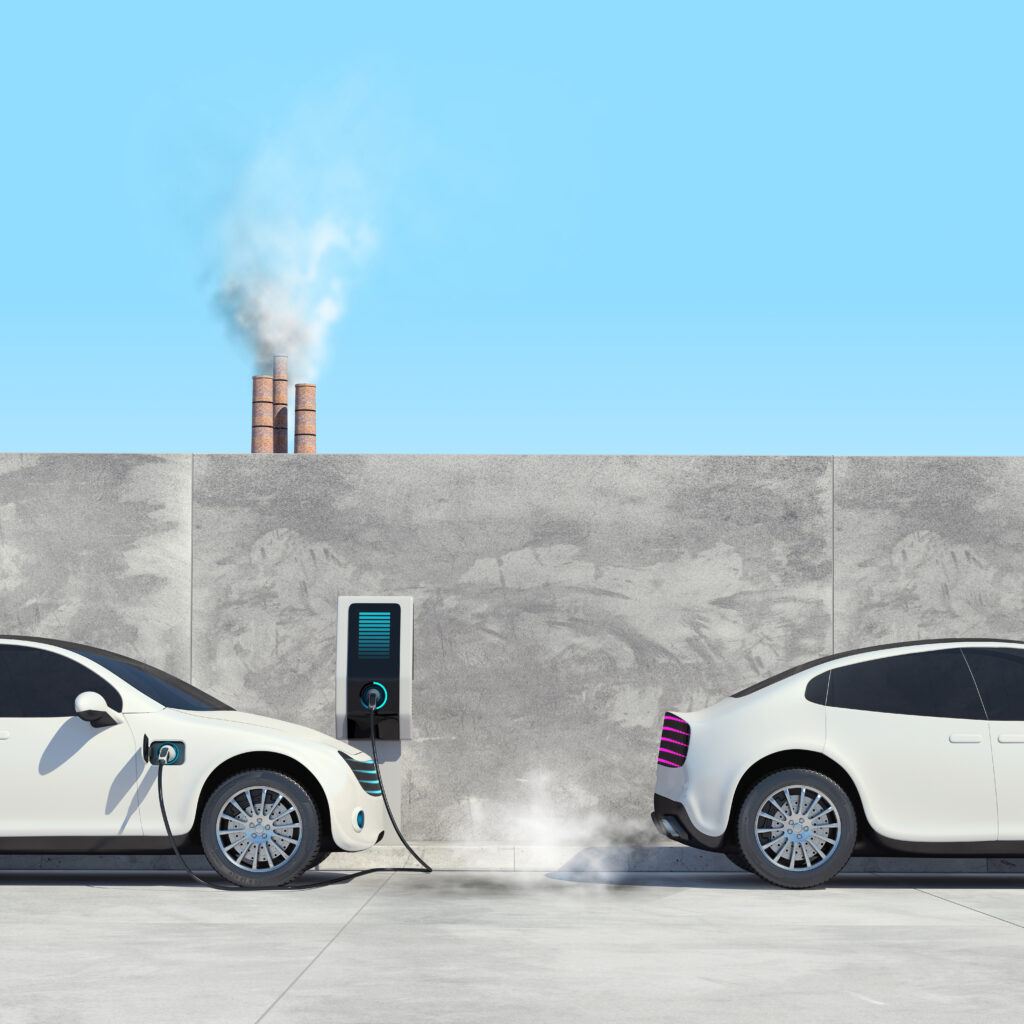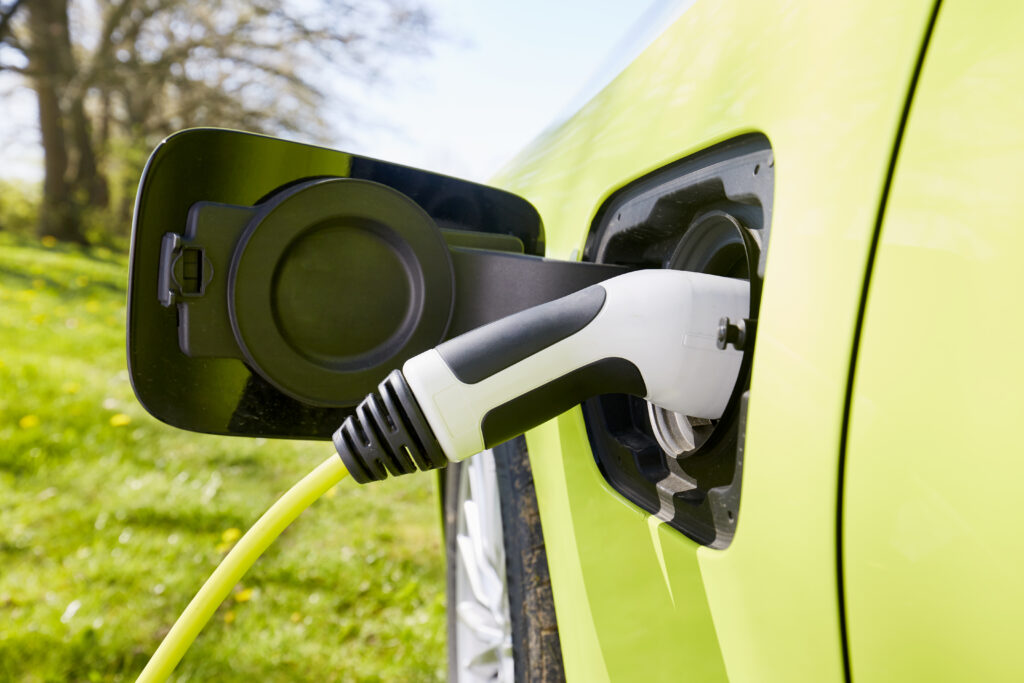
The electric car is growing in popularity and versatility, making a daily commute possible without relying on gas. We know you’re wondering which car suits your lifestyle, so we compiled a list of the most notable calling cards of EVs.


Ford F-150 (left) and Ford F-150 Lightning (right)
Everyone has heard of a trunk – but have you heard of a “frunk”? A frunk is a term used to describe the front storage space found in many electric vehicle models like the Ford F-150 Lightning. It’s located in the area that would typically house the engine in gas-powered vehicles. Aside from freeing up cabin space, frunks contain different features ranging from additional power outlets, drainage when used as a cooler and more.


Ford Mustang Mach 1 (left) and Ford Mustang Mach-E (right)
Ever since the first electric car prototype was unveiled, the auto industry has been fascinated by the idea of an electric vehicle with a fully functioning touchscreen. Today, EVs like the Ford Mustang Mach-E come fitted with a tablet-esque screen that offers an enhanced driving experience.
For those vehicles that have adopted this experience, the tablet is typically located in the middle of the dashboard and comes programmed to personalize your ride with driver and voice recognition, predictive destinations, music streaming and much more.


Hyundai Tucson (left) and Hyundai Ioniq 5 (right)
Door handles help make vehicles, like the Hyundai Ioniq 5, more aerodynamic. They pop out only when you need to open the door. Like its gas-powered counterpart, technology has improved where the key to unlocking your doors and starting your engine sits in the palm of your hand – your smartphone.


Audi Q8 (left) and Audi e-tron (right)
The primary distinction between electric cars and gas-powered cars is the fuel source: EVs are powered by electricity, while traditional vehicles require gasoline. Despite this discrepancy, both need to be recharged in order to keep running. This has significant implications for cost-effectiveness. Currently, the national average for gasoline is $3.359 per gallon, yet AAA research has shown that by switching to electric cars, individuals may save up to $2 per gallon with charging.
Research is key to understanding the value of electric cars vs. gasoline-powered cars, but many factors make it difficult to draw an accurate comparison. To further understand the difference between electric cars and their ICE equivalents, use our Total Cost of Ownership Tool.
AAA’s Recommendation: Whether you own an electric vehicle or a gas-powered car is up to you – and you should consider lots of factors in making that choice. No matter what type of vehicle you’re choosing, we recommend visiting a dealership, test driving one, and asking as many questions as possible to make an informed decision.





















